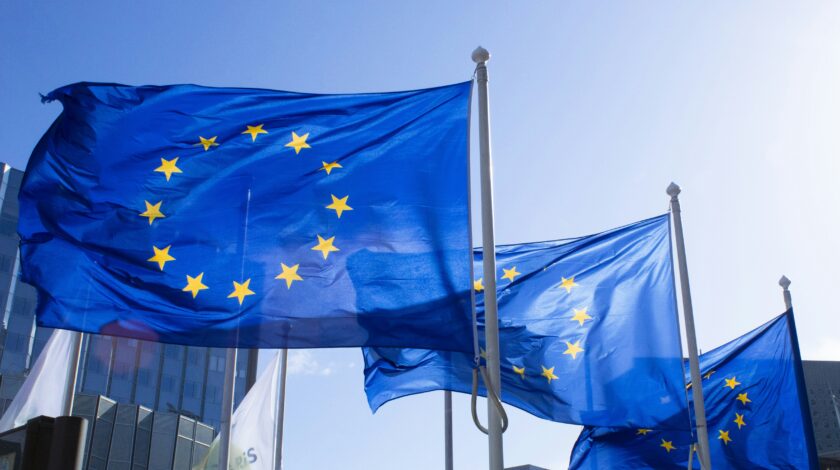The EU election


The 6th of June will mark the start of the world’s second-largest electoral process, as 448 million citizens across the 27 EU member states participate in electing the 10th composition of the European Parliament. This pivotal election will not only determine the leadership of the EU for the next five years but also serve as a gauge of confidence in Ursula von der Leyen’s presidency of the European Commission as she vies for an unprecedented second term.
How does it work?
There are 720 seats up for grabs in the European Parliament, allocated based on population size among the 27 member state. For instance, larger states like Germany wield more influence with 96 seats allocated to them, while smaller nations like Malta receive fewer seats. As a result Germans elect 96 members of the EU parliament while the Maltese elect 6. Voting occurs for political parties, with each country-specific party associated with a broader coalition within the European Parliament, such as the EPP (centre-right), SDE (centre-left), and Renew Europe (liberal-progressive), among others.
The composition of the European Commission, acting as the executive arm, is decided by the parties in power. Currently, the governing coalition comprises of the EPP, SDE, and Renew Europe.
Why is it important?
This might be one of the first EU elections where the victory of the current coalition is not guaranteed. A growing right-wing sentiment within Europe looks certain to be reflected in the next EU parliament as voters are increasingly becoming alienated from traditional parties and lean into anti-establishment, usually right-wing parties that also tend to be Eurosceptic. A victory for the incumbent coalition would reaffirm Europe’s commitment to its foreign policy objectives, including the promotion of democracy globally and support for Ukraine. However, the turnout for EU elections historically tends to be lower than in national elections, emphasising the significance of voter mobilisation, particularly among young people.
How to vote?
While most countries vote on the 9th of May , some nations like Italy and Czechia allow for two-day voting intervals, and others like the Netherlands and Ireland vote on different dates (6th of May and 7th of May respectively). EU citizens can vote for their own members of the European Parliament either in their own country or at their respective country’s embassy and special polling stations from abroad. EU citizens residing in the Netherlands can also vote for Dutch members of the European if they have completed a Y32 form by the 23rd of April.
If you wish to vote for your own country’s members of the EU parliament you need to check whether you are required to sign up in advance or whether you can just vote at your country’s embassy without any registration. This can be done on this website which contains all the information you need in regard to voting days and procedures. Note that different countries have different rules in regard to who can vote and what the required documents for voting are.
Will it matter?
The latest polling suggest that right-wing MEP’s are predicted to outnumber any other party in the next EU parliament. However, they are very unlikely to unite under a single bloc as there are still stark disagreements between some of the extreme-right parties and the more moderate right-wing parties. With that being said, polls still predict the governing coalition to secure the required amount of seats to stay in power, albeit with a smaller majority.
The outcome of this election will not only determine the composition of the European Parliament but will also send a loud and clear message to the EU’s allies and adversaries. The message can either be one of strength and unity or one of division and instability. One of unity has rarely been needed more.